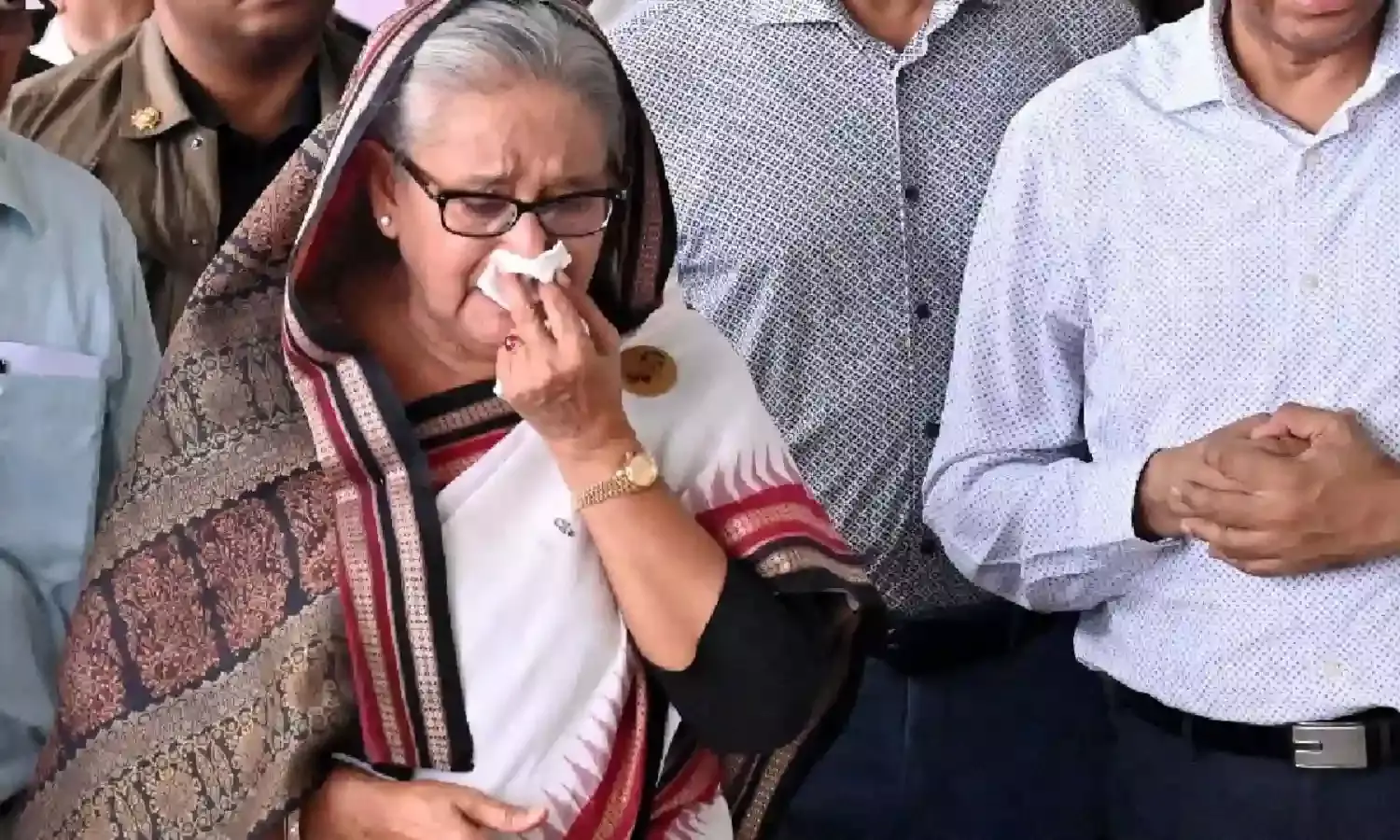Turbulent 2024 For India In South Asia
Year End Review

The year 2025 is expected to pose significant challenges and also offer equally significant opportunities to India in its bid for dominance over its geopolitical domain.
Countries that immediately matter to India are Nepal, Bangladesh, Sri Lanka, the Maldives and also Myanmar. Indo-US, Sino-Indian, and Sino-US relations will also have a bearing on India’s prospects in the region.
2024, which is on its last legs, has given a foretaste of what is to come. There were significant changes in the environment. The pro-Indian Sheikh Hasina regime in Bangladesh was toppled in August by a mass movement which New Delhi neither anticipated nor handled skilfully.
It took New Delhi five excruciating months to send Foreign Secretary Vikram Misri to mend fences with the Interim Government led by Nobel Laureate Dr. Muhammad Yunus. Misri’s foray smoothened ruffled feathers in Bangladesh. But the communal passions whipped up in India over the alleged atrocities against Hindus in Bangladesh, are not helping the restoration of full normalcy.
In Sri Lanka, a leftist and avowedly nationalistic political party, the Janatha Vimukth Peramuna (JVP), was swept to power creating apprehensions in New Delhi. But the Indian Establishment quickly moved in with offers of grant projects to wean the rulers away from China, the JVP’s traditional ally. As of now, India-Sri Lanka relations are on an even keel with prospects of their remaining so looking good.
The recent State Visit of Sri Lankan President Anura Kumara Dissanayake showcased a spirit of mutual understanding. Projects which were controversial were either dropped or put on the backburner or left for further discussions.
In the Maldives, a pro-China and anti-Indian regime led by President Mohamad Muizzu was tamed by judiciously using the stick and the carrot. But the Muizzu regime could become an embarrassment if its popularity, already showing signs of waning, declines further due to missteps in managing the economy and the public disenchantment that could intensify. Therefore, New Delhi will have to keep a close tab on the goings on in the Mizzu administration and also on the public sentiment.
Nepal has always been a problem for India because of the dominance of its communist parties with their pro-China proclivities. The Modi regime’s bid to promote Hindu nationalism in a country which is largely communistic in orientation and New Delhi’s tendency to use strong arm methods to subdue belligerent Nepalese politicians had backfired in the past.
Continuing with his habitual anti-Indian line, the current Nepalese Prime Minister, K.P.Sharma Oli, visited Beijing recently creating an apprehension in New Delhi about possible Chinese moves in Nepal.
Myanmar, always unstable, is on the boil again with armed rebel tribal groups in the North bordering India gaining dominance over troops of the junta in power at Yangon.
India has been supporting the junta consistently despite the latter’s persecution of democrats, the Christian non-Bamar tribal groups, and the Muslim Rohingyas in the norther districts bordering North-East India.
Since China had a hold on the junta, India had thought it fit to also cultivate the junta rather than the tribal rebels and the persecuted democratic groups. In recent times, the junta has been suffering reverses against the rebel armies in areas bordering India, triggering a minor refugee influx into India’s North Eastern States, populated by kindred Christian tribes.
If the situation in North Myanmar worsens, the influx could become a flood, destabilizing India’s North East, in which, one of the States, Manipur, has been burning for months due to a conflict between the Hindu Meities and Christian Kukis.
The ascent of maverick Donald Trump in US politics poses its own unpredictable challenges for India. Trump’s reported moves to meet China’s X Jinping and probably strike a deal with him, should worry India as India has for long been counting on US technological and intelligence inputs to counter China’s threatening moves on the Sino-Indian border.
There have been reports saying that the US and China have signed an agreement on scientific cooperation and that Trump had invited Xi to attend his inauguration as US President in January.
Though Trump has made overtures to Modi calling him a friend, there is no knowing if he would actually give concessions to India on trade and tariffs and also on visas and immigration.
2024 saw an unprecedented Indo-US face off over the cross-boundary extra-judicial killing of a Canadian citizen of Indian origin in Canada and an alleged plot to kill an American citizen of Indian origin in the US by Indian intelligence agents. These cases remain putting India-US relations under a strain.
Close on the heels of these unusual developments, came the indictment of the Indian tycoon and Modi acolyte, Gautam Adani, by a US court for alleged attempts to bribe Indian officials to get lucrative energy projects using the money of US investors. Whether the Trump Administration will help the Modi regime to pull its chestnuts out of the fire for the sake of India-US strategic cooperation is yet to be seen.
Sensing a downturn in its relations with the US, New Delhi warmed up to the long-time adversary, China. Modi and Xi broke the ice by talking on the side lines of the BRICS summit in Kazan (Russa) in October.
India’s Economic Advisor, said that India should welcome Chinese investment in some sectors to increase exports. More recently, the Indian and Chinese military agreed on patrolling rights on the Sino-Indian border in East Ladakh.
It is now reported that China and India will revive the periodical talks between their Special Representatives. These were suspended due to military face offs on the border.
Media reports said that in January, India’s Special Representative and National Security Advisor, Ajit Doval, will fly to Beijing to meet his Chinese counterpart, Foreign Minister Wang Yi to take forward the talks on the border dispute and other outstanding issues. An India-China thaw appears to be on the cards, at least for now.



